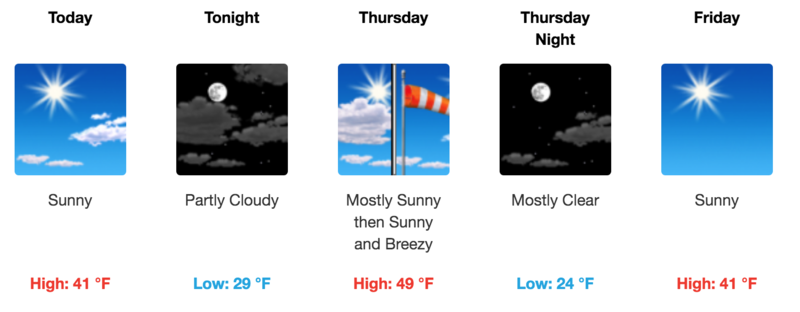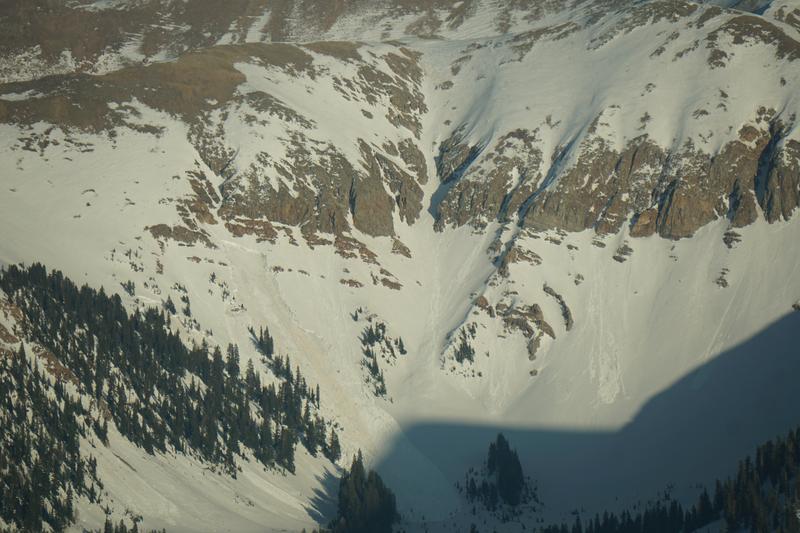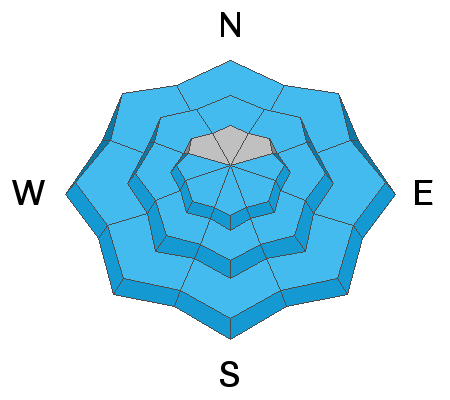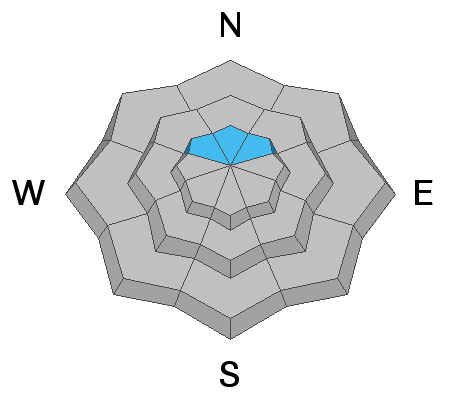Forecast for the Moab Area Mountains

Issued by Eric Trenbeath on
Wednesday morning, April 7, 2021
Wednesday morning, April 7, 2021
Two nights with a solid refreeze and cool temps yesterday have eased the threat for wet avalanches. As the day heats up the danger for loose wet and wet slab avalanches will rise to MODERATE. Signs of instability include rollerballs, pinwheels, and punchy or sloppy unsupportable snow. Timing is everything. Work slopes according to their aspect and get off of and out from under steep slopes as they become wet and sloppy. With water moving through the snowpack, slopes do not have to be in the sun to be dangerous. Thin shallow rocky areas and terrain under cliffs should be avoided.
Though unlikely, it may still be possible to trigger an avalanche on very steep slopes above treeline that face NW-N-NE where stiff slabs overlying weak, faceted snow may still be found. Shallow snowpack areas with steep convexities and rocky, more radical terrain are where you are most likely to trigger an avalanche.
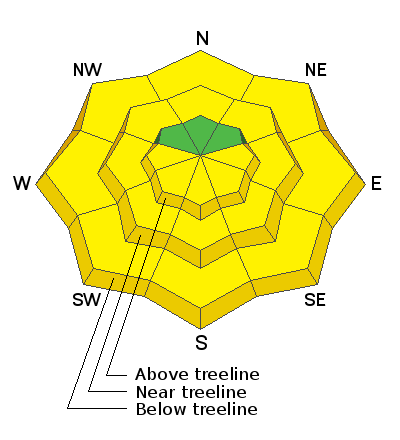
Low
Moderate
Considerable
High
Extreme
Learn how to read the forecast here


